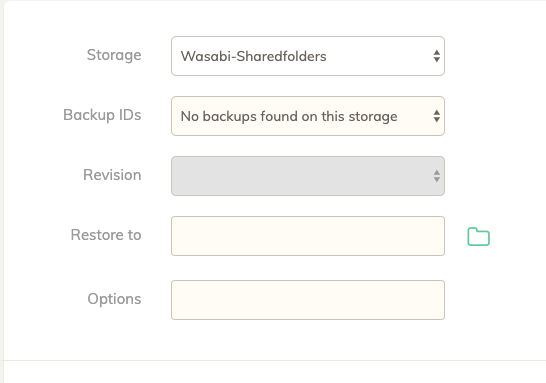
These include the most commonly occurring words in a language, like “the,” “on,” “is,” etc. Remove repeating whitespace characters (spaces, tabs, line breaks).For example, “Hello World!” is converted to “Hello World!”
Duplicacy meaning in english code#
The question data can be cleaned by removing elements that don’t make a significant contribution to their meaning - like tags, repeating whitespace, and frequently-occurring words - and by transforming to an easily parseable format as described in the steps and code snippet below: Text data typically requires some cleanup before it can be embedded in vector space and fed to a machine learning model. Sample from the data set TEXT PRE-PROCESSING The general approach of the solution is outlined in this high-level diagram:


This post explores a few of these NLP and ML techniques, like text pre-processing, embedding, logistic regression, gradient-boosted machine, and neural networks. Suppose we have a fairly large data set of question-pairs that has been labeled (by humans) as “duplicate” or “not duplicate.” We could then use natural language processing (NLP) techniques to extract the difference in meaning or intent of each question-pair, use machine learning (ML) to learn from the human-labeled data, and predict whether a new pair of questions is duplicate or not. This blog post focuses on solving the problem of duplicate question identification. These are duplicates they are worded differently, but they have the same intent.

Companies like Quora can improve user experience by identifying these duplicate entries. Often, questions that people submit have previously been asked. Quora and Stack Exchange are knowledge-sharing platforms where people can ask questions in the hopes of attracting high-quality answers. This blog post is adapted from a capstone project I created for the Data Science Career Track at Springboard.


 0 kommentar(er)
0 kommentar(er)
